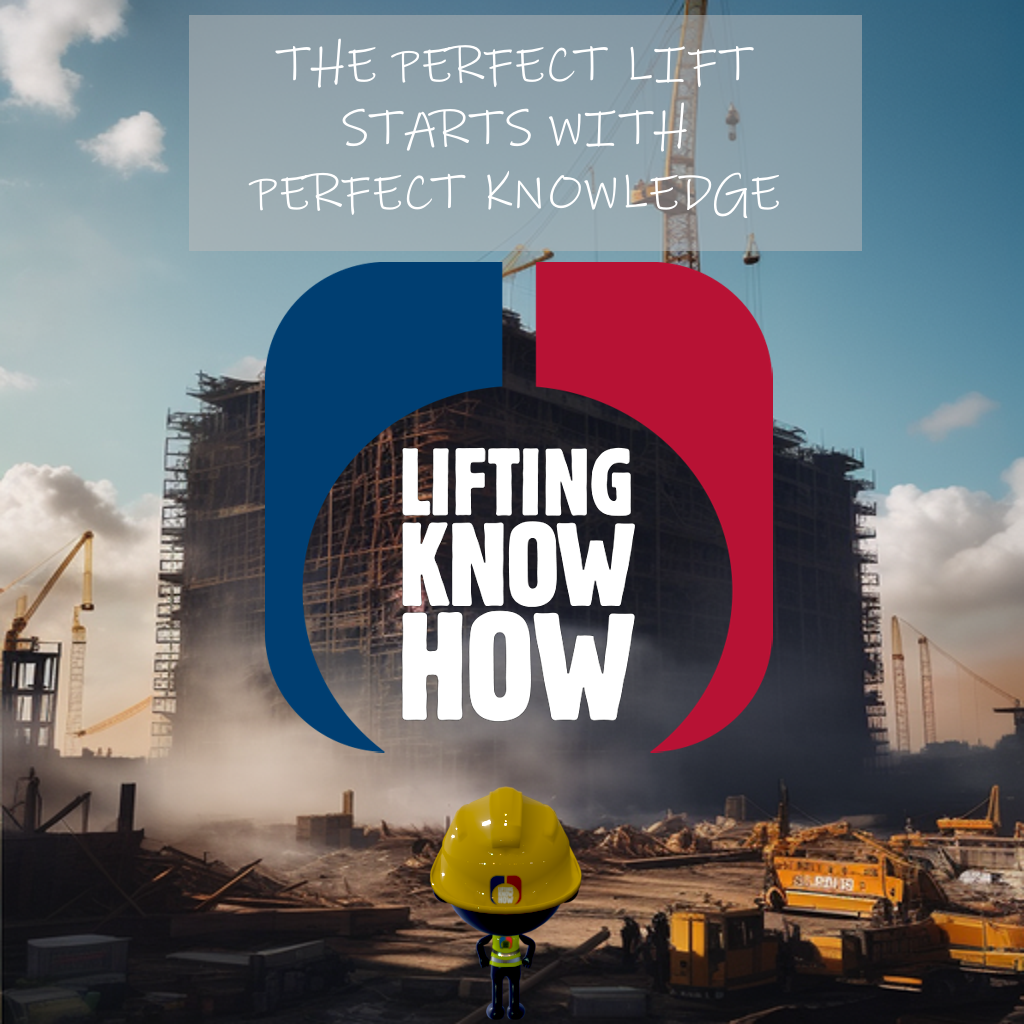What is WLL, SWL and MBL?

This guide provides a concise explanation of the terms WLL, SWL, and MBL.
When it comes to lifting, there are many terms to keep track of, and it is crucial to understand their meanings to make an informed decision about lifting equipment. In this guide, we will explain the difference between some of these terms.
WLL
is the abbreviation commonly used in the context of lifting. It stands for Working Load Limit, which is the maximum load that a non-fixed lifting attachment is designed to lift under the conditions specified by the manufacturer. The manufacturer specifies the WLL for the product.
In Norway, lifting equipment in accordance with the Machinery Regulations should be marked with WLL as it is a term from the harmonized standards under the Machinery Directive. The general safety factors for lifting gear and lifting components also come from the Machinery Directive (working coefficient) and the harmonized standards
SWL
is the abbreviation for Safe Working Load. It was a commonly used term in the past, but the legal meaning of the word “safe” led to its replacement by WLL. Today, SWL generally corresponds to WLL for all lifting equipment under the crane hook, such as hooks, shackles, and other lifting equipment. For cranes, hoists, and winches, the term “Capacity” is used. The capacity is usually affected by the weight of the lifting beam or lifting equipment assembled under the crane hook.
The term “safe workload” can still be used and refers to a reduced load based on specific circumstances in the environment of use. A risk assessment must always be carried out by a competent person before a lift to determine whether the load capacity is likely to be affected.
Minimum breaking strength, MBL/MBF
is the term referring to the load or force that must be achieved before the lifting equipment risks breaking or undergoing a change that causes the load to loosen. The minimum breaking strength is the force to be obtained when testing for tear 1. The load is usually stated in kilograms or tons, and the power is measured in kilonewtons (kN).
Safety factor (SF)
is a term that indicates the ratio between WLL and MBL, i.e., how much stronger the equipment is compared to what it is designed to lift. The safety factor is specified in the standard for each lifting range and is usually between 4:1 and 7:1.
The maximum load can be calculated as WLL = MBL/SF.
Proof load
is the term that refers to the load to which the manufacturer has exposed the product during a proof load test. The current standard specifies the minimum load that a product should be tested with.
When assembling multiple lifting components in a lifting equipment, it is important to remember that the component with the lowest maximum load determines the WLL of the total lifting equipment.
For lifting tools, the WLL statements apply to straight lifting in one part. When lifting with several parts or in other lifting formations, the maximum load is calculated based on the specified factor.

Summary:
| WLL | Maximum load that the non-fixed lifting attachment is designed to lift under the conditions specified by the manufacturer. |
| SWL | Formerly a common term but has today been replaced by WLL for all lifting equipment under the crane hook. The term is still used in the offshore/marine industry. |
| MBL | Indicates the minimum load or force to be achieved before the lifting equipment risks breakage or any change that causes the load to loosen. |
| Normal capacity | Used for cranes, hoists and winches to indicate what they may safely lift. |
| Safety factor | How much stronger the equipment is compared to what it is designed to lift. |
| Proof load | The load/burden the manufacturer has exposed the product to during testing |

